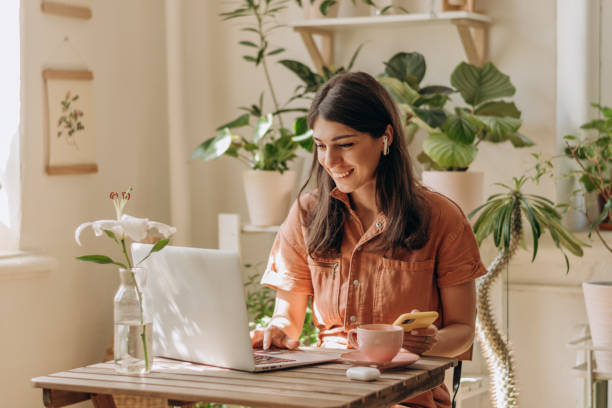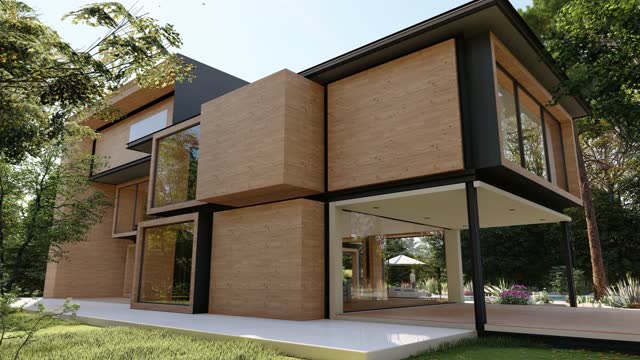The Art of Upcycling: Giving New Life to Old Items
This post contains affiliate links. I may earn a commission at no extra cost to you if you make a purchase. Note that I’m not a health or outdoor safety professional, so further research is advised. Your support keeps Outdoors A-Z running—thank you! Read the full disclosure.. Read the full disclosure here.
In today’s throwaway culture, finding innovative ways to reuse and repurpose old items has become increasingly important. Upcycling, a creative process that transforms discarded objects into new and improved products, has gained popularity for its ability to reduce waste and inspire sustainable living. This article explores the art of upcycling and how it breathes new life into old items, providing both aesthetic and environmental benefits.
Table of Contents
What is Upcycling?
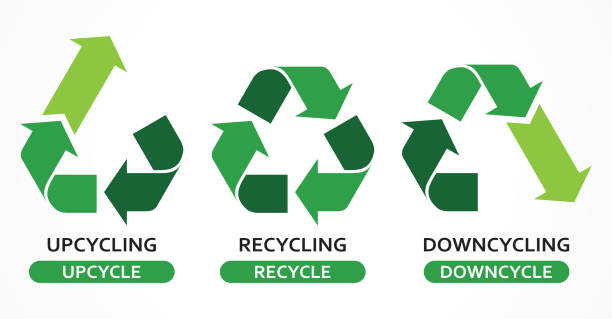
Upcycling is the practice of taking unwanted or unused materials and reimagining them into something of higher value or functionality. Unlike recycling, which breaks down materials into raw components, upcycling focuses on transforming items without sacrificing their original purpose or quality. It involves using creativity and craftsmanship to elevate everyday objects into unique and desirable creations.
Benefits of Upcycling
Upcycling offers a range of benefits that go beyond just reducing waste. Firstly, it promotes sustainability by reducing the demand for new resources and minimizing the environmental impact associated with manufacturing. Additionally, upcycling allows individuals to express their creativity and create one-of-a-kind pieces that reflect their personality. It also offers cost savings, as upcycled items can often be acquired at a fraction of the price of new ones.
Examples of Upcycling Projects
There are countless possibilities when it comes to upcycling. From turning mason jars into stylish light fixtures to transforming old pallets into functional furniture, the options are limited only by one’s imagination. Other popular upcycling projects include repurposing wine bottles as vases, using vintage suitcases as unique storage solutions, and creating artwork from salvaged materials. These projects showcase the versatility and potential for upcycling across various domains.
Upcycling Materials and Tools

Upcycling can involve a wide range of materials, depending on the project at hand. Common materials used in upcycling include wood, glass, metal, fabric, plastic, and paper. The choice of tools will also vary depending on the complexity of the project, but basic tools such as saws, drills, sandpaper, and paintbrushes are often sufficient. It’s important to gather the necessary materials and tools before starting an upcycling project to ensure a smooth and successful process.
Tips for Successful Upcycling
To maximize the success of your upcycling projects, here are some helpful tips to consider:
Start with small, manageable projects to build confidence and develop skills.
Source materials from thrift stores, flea markets, or even your own home to keep costs low.
Embrace imperfections and allow the original character of the item to shine through.
Seek inspiration from upcycling communities, social media platforms, and DIY blogs.
Experiment with different techniques and materials to discover your unique style.
Upcycling vs. Recycling
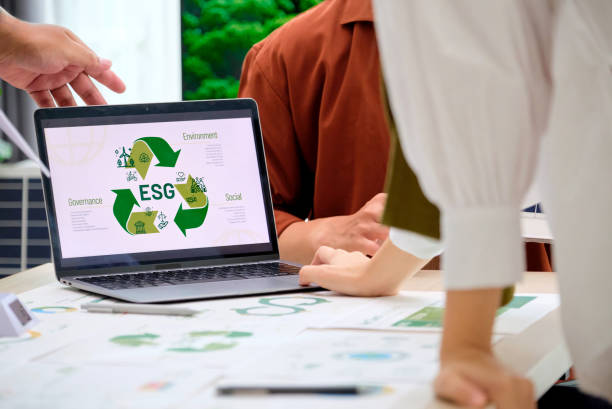
While both upcycling and recycling contribute to reducing waste, they have distinct differences. Recycling involves breaking down materials to be used in the manufacturing of new products, often resulting in a loss of quality or functionality. Upcycling, on the other hand, emphasizes transforming items into new creations without compromising their value or purpose. Both approaches play important roles in sustainable practices, and understanding the distinction can help individuals make conscious choices.
Upcycling in Home Decor
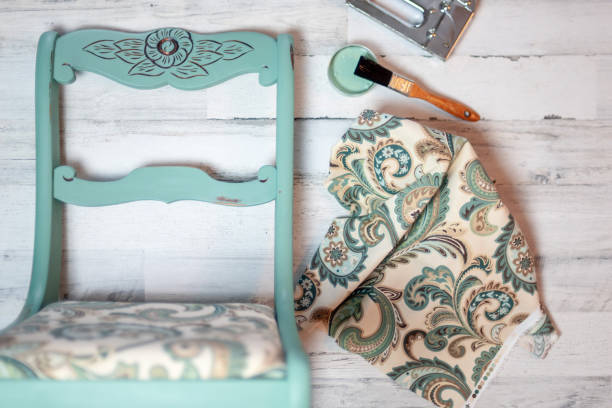
Upcycling can breathe new life into home decor by adding a touch of individuality and character. Old doors can become charming headboards, discarded windows can be transformed into decorative mirrors, and vintage textiles can be repurposed into unique cushion covers. The possibilities are endless when it comes to upcycling in home decor, allowing homeowners to create personalized spaces that reflect their style and values.
Upcycling in Fashion
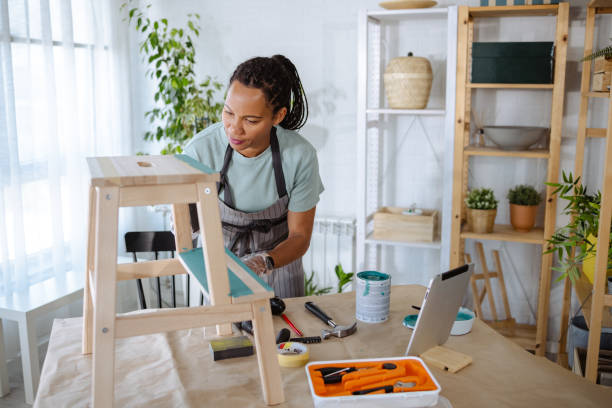
The fashion industry is notorious for its environmental impact, but upcycling offers a solution that combines style and sustainability. By upcycling clothing and accessories, designers and individuals can create one-of-a-kind fashion pieces while reducing waste. Upcycled fashion can involve repurposing old garments, combining different fabrics to create patchwork designs, or even transforming household textiles into wearable art. It’s a way to make a fashion statement while supporting ethical and eco-friendly practices.
Upcycling in Furniture
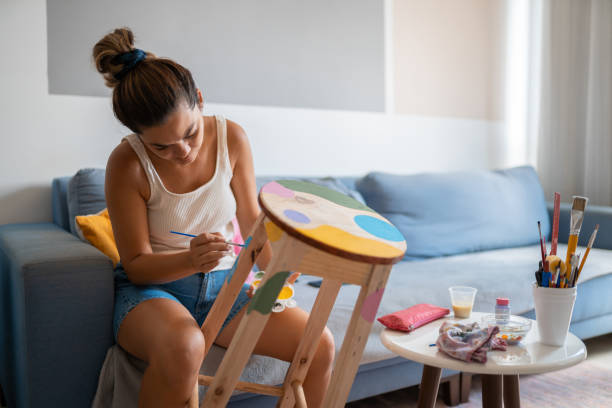
Furniture upcycling has gained popularity due to its potential for creativity and cost savings. From refurbishing antique pieces to repurposing salvaged materials into custom furniture, upcycling offers endless possibilities for giving old furniture a fresh new look. Whether it’s a coat of paint, reupholstering, or incorporating unconventional materials, upcycling furniture allows individuals to express their personal style and reduce waste simultaneously.
Upcycling in DIY Crafts
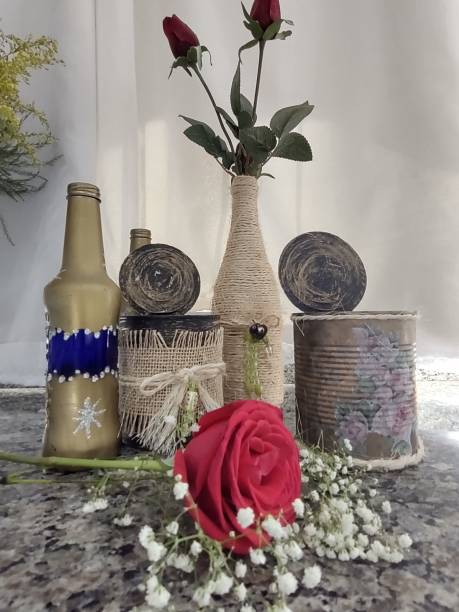
DIY crafts provide the perfect opportunity for upcycling. From creating jewelry using old keys to repurposing tin cans as planters, upcycled crafts combine resourcefulness and creativity. These projects often require minimal materials and can be done with simple tools, making them accessible to people of all skill levels. Upcycled DIY crafts offer a fun and fulfilling way to transform ordinary objects into extraordinary works of art.
Upcycling in Gardening

Gardening enthusiasts can also embrace upcycling to add character and sustainability to their outdoor spaces. Old tires can be turned into colorful planters, discarded pallets can become vertical gardens, and broken ceramic pieces can be transformed into mosaic stepping stones. Upcycling in gardening not only reduces waste but also adds a unique touch to landscapes, showcasing the beauty of repurposed materials in a natural setting.
Upcycling for Environmental Sustainability
The environmental benefits of upcycling are significant. By diverting items from landfills and reducing the demand for new products, upcycling helps conserve resources and reduce pollution associated with manufacturing processes. It promotes a circular economy where materials are continually reused, minimizing the need for extraction and production. Embracing upcycling as a lifestyle choice can make a positive impact on the environment and inspire others to follow suit.
Challenges and Considerations in Upcycling
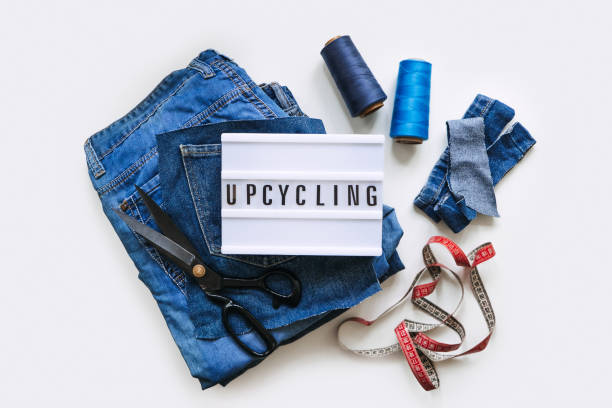
While upcycling offers numerous advantages, it is not without its challenges. Finding suitable materials and ensuring their compatibility with a specific project can be time-consuming. Lack of specialized tools or skills may also pose obstacles for some individuals. Additionally, upcycled items may have limitations in terms of durability or availability of spare parts. Despite these challenges, the rewards of upcycling and the satisfaction of breathing new life into old items make the journey worthwhile.
Final Thoughts
Upcycling is an art form that transforms discarded objects into unique creations, offering a sustainable alternative to traditional consumption patterns. Through upcycling, old items find new purpose and value, contributing to a circular economy and reducing waste. By embracing upcycling in various aspects of life, from home decor to fashion, furniture, DIY crafts, and gardening, individuals can unleash their creativity while making a positive impact on the environment.
FAQs
Is upcycling the same as recycling?
No, upcycling and recycling are distinct practices. While recycling breaks down materials for reuse, upcycling focuses on transforming items into new creations without sacrificing their original purpose or quality.
Where can I find materials for upcycling projects?
Thrift stores, flea markets, and even your own home are great places to find materials for upcycling projects. Look for discarded items that can be repurposed creatively.
Can anyone upcycle, even without artistic skills?
Absolutely! Upcycling is accessible to people of all skill levels. Start with small projects and gradually build your skills and confidence.
How can upcycling benefit the environment?
Upcycling helps reduce waste by diverting items from landfills and reducing the demand for new products. It promotes sustainability and contributes to a circular economy.
What are some popular upcycling ideas for beginners?
For beginners, simple upcycling ideas include turning glass jars into candle holders, transforming old t-shirts into tote bags, and repurposing wine corks into coasters. Start with projects that match your interests and available resources.










